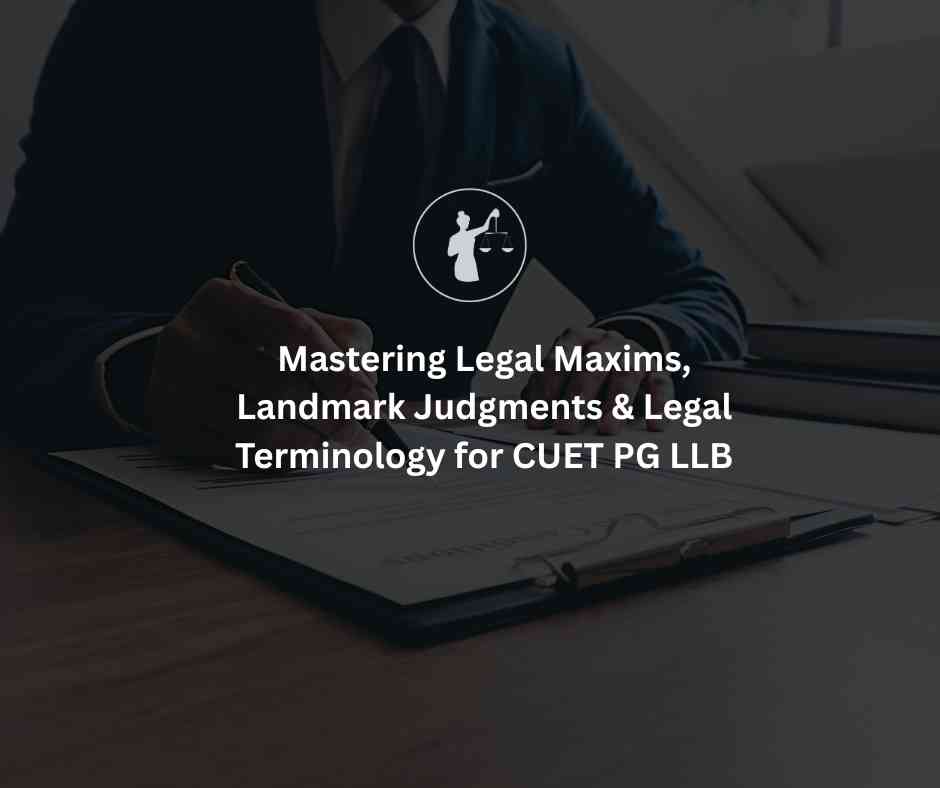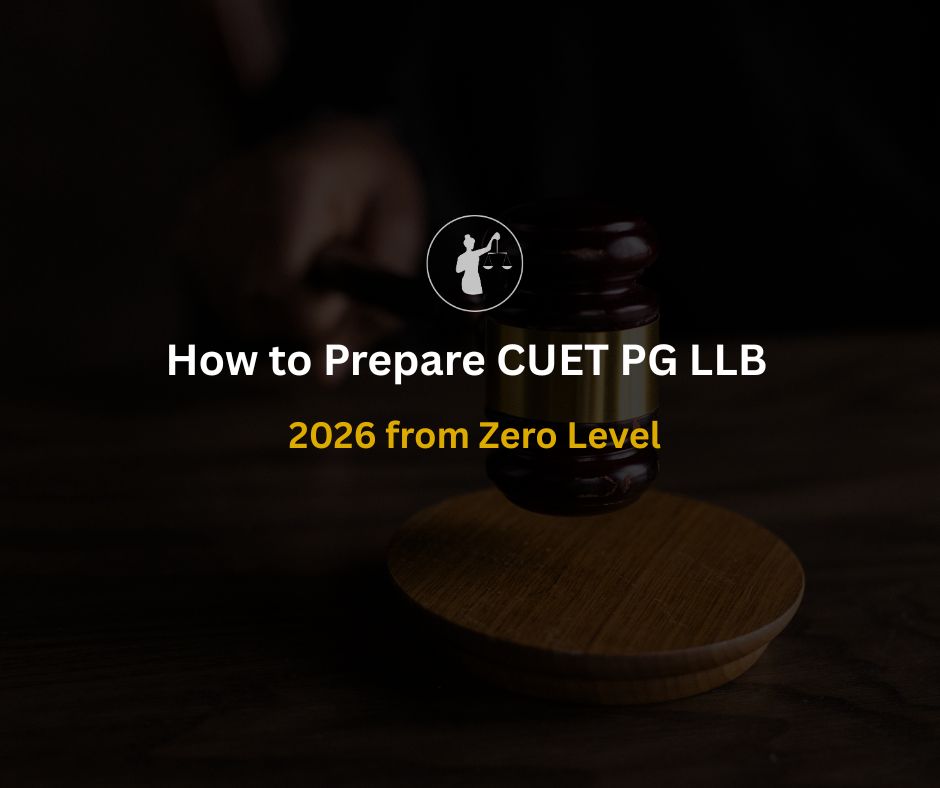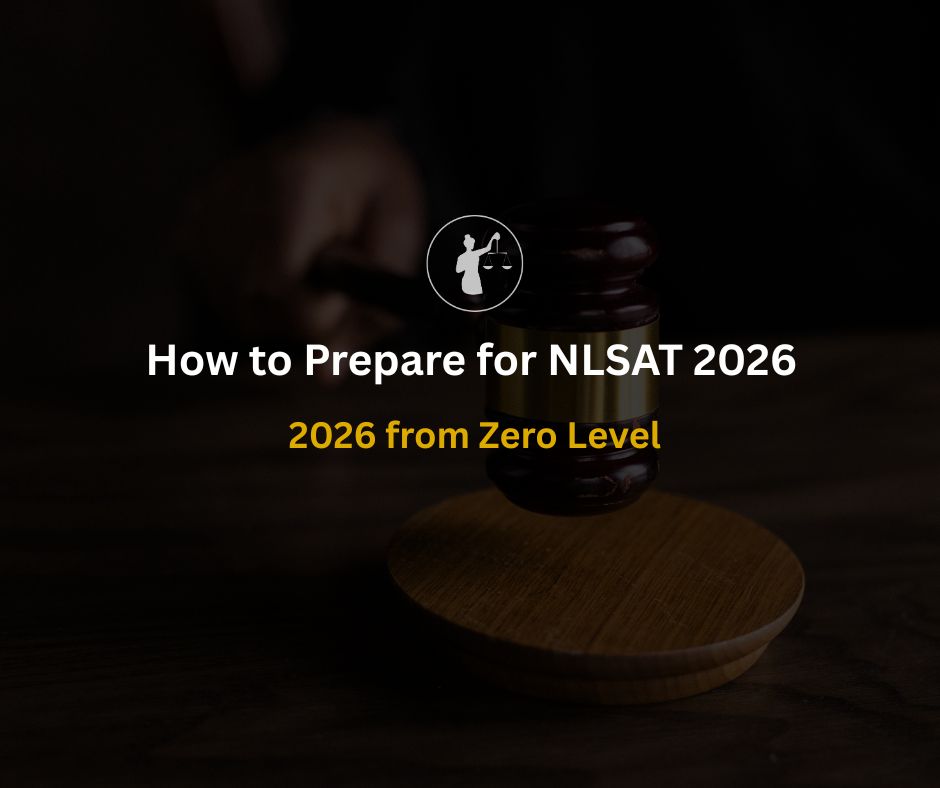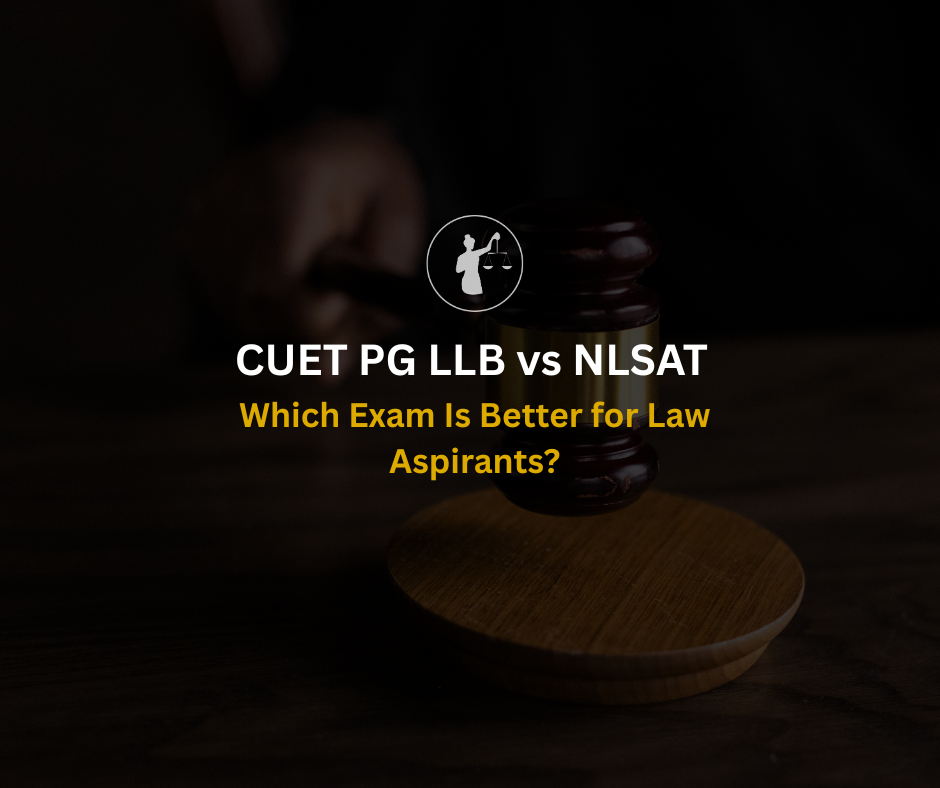
Legal reasoning isn’t a formally demarcated section in the CUET PG LLB 2026 exam, but it plays a crucial role within the General Knowledge, Current Affairs, and Logical Reasoning components. Mastery over legal maxims, landmark judgments, and legal terminology can significantly elevate your performance.
In this blog, we break down these essential pillars of cuet pg llb legal aptitude and explain how to integrate them into your daily cuet pg llb preparation.
CUET PG DU LLB ONLINE COACHING
Although CUET PG LLB does not feature a standalone "Legal Aptitude" section, questions rooted in legal reasoning, constitutional awareness, and case-based logic are often integrated into other parts of the test.
Your cuet pg llb preparation must account for:
Constitutional and statutory concepts
Legal vocabulary and Latin maxims
Recognition of landmark cases and their impact
Logical reasoning embedded in legal contexts
Legal maxims are concise Latin phrases that encapsulate general legal principles. They often appear in reading comprehension, paragraph-based reasoning, or GK sections.
Read More :How to Read The Hindu for CUET PG LLB Legal Awareness
Must-Know Maxims for CUET PG LLB Preparation
Tips to Memorise Maxims
Group them by theme: criminal, tort, constitutional, contracts
Create flashcards during your cuet pg llb preparation
Link maxims with real-world case laws for context
Read More : CUET PG LLB Cut-Off Analysis 23-24
Judicial precedents often form the backbone of legal development. Questions referencing landmark judgments may test both your awareness of the case and its implications.
Landmark Judgments You Must Know
How to Use Case Laws in CUET PG LLB Preparation
Maintain a case brief diary (1-page per case)
Practice mapping cases to constitutional articles
Link judgments to legal maxims or terminology
Read More : CUET PG LLB 2025: Legal Aptitude Prep Without Law Background
Understanding legal jargon is key for tackling paragraph-based comprehension questions with legal contexts.
Common Legal Terms for CUET PG LLB Legal Aptitude
How to Build Legal Vocabulary
Use a glossary app or keep a running vocabulary list
Read editorials, especially Supreme Court judgments
Use terminologies while writing mock answers or explaining concepts
Do:
Integrate legal terms and maxims in all sections (RCs, GK, Logic)
Revise landmark judgments weekly
Build context around maxims via case examples
Don’t:
Memorise maxims in isolation without usage
Skip judgments assuming they won’t be asked directly
Ignore legal current affairs thinking they are “extra”
There may not be a standalone “Legal Aptitude” section, but your performance depends on how well you incorporate legal knowledge in your reasoning and GK.
Your cuet pg llb preparation should involve linking legal aptitude with current events and core law subjects like Constitution, IPC, and tort law.
Focus on understanding concepts, not just memorising.
Q1. Is legal aptitude part of the CUET PG LLB syllabus?
No, but questions with legal context are embedded within Logical Reasoning and GK.
Q2. How many legal maxims should I know for CUET PG LLB?
Aim for 25–30 maxims that appear frequently in entrance exams.
Q3. Do landmark judgments appear directly in the paper?
Yes, sometimes in the form of current affairs or RC-based inference questions.
Q4. What’s the best way to build legal vocabulary for CUET PG LLB?
Use editorials, SC judgment summaries, and structured glossaries.
Mastering legal maxims, landmark judgments, and legal terminology gives you a clear edge in cuet pg llb legal aptitude even though there’s no dedicated section. The key to efficient cuet pg llb preparation is integration link these legal elements with current affairs, reasoning, and comprehension to maximise your score.





